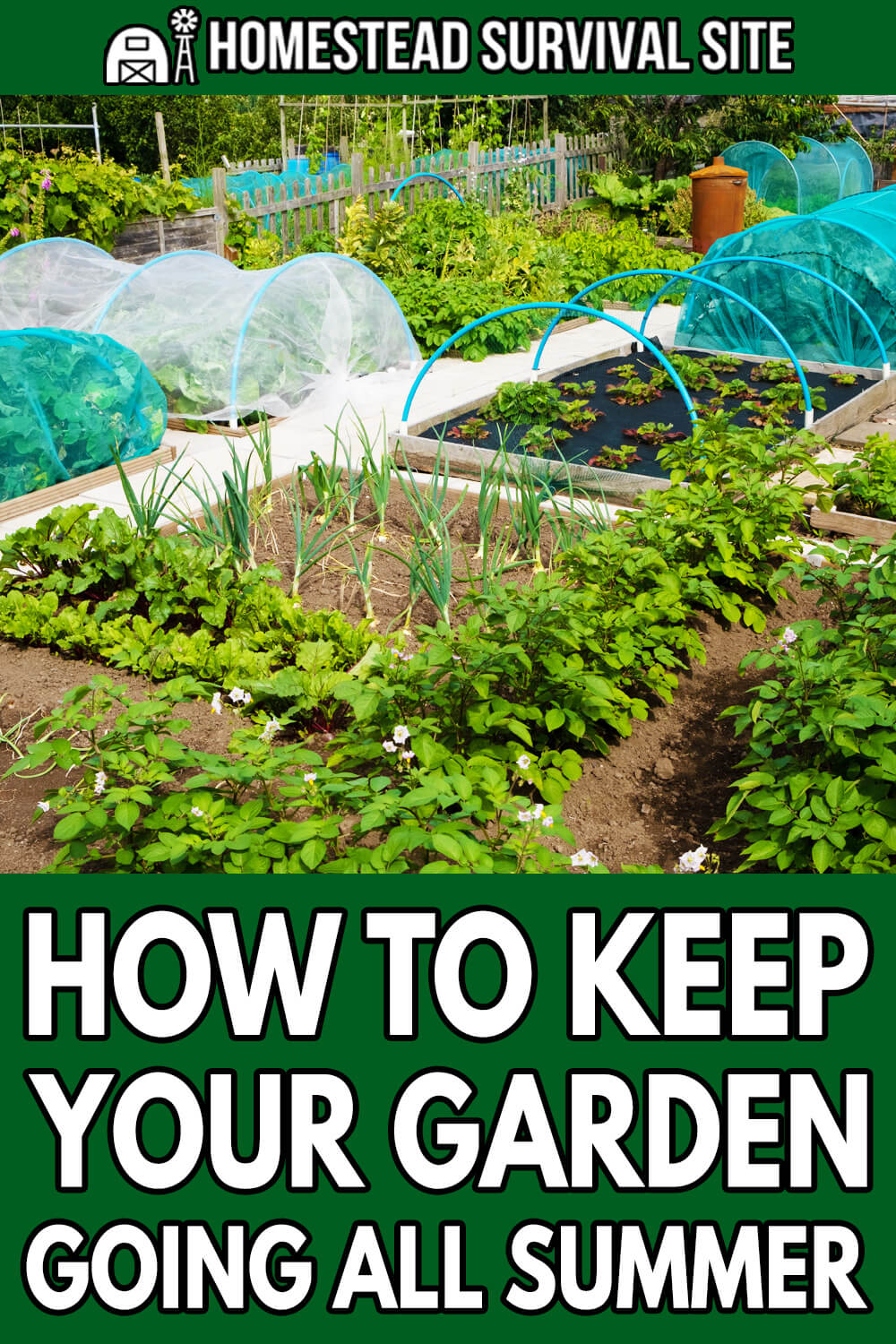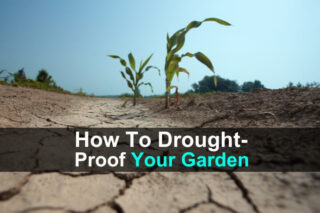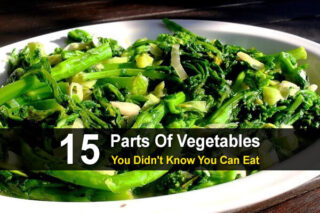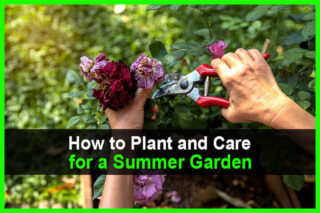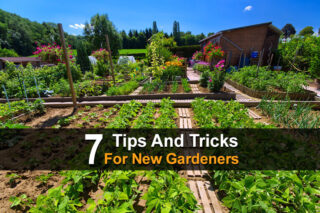Estimated reading time: 7 minutes
Summer heat brings about its own gardening challenges. Wilting plants, withering seedlings, bolting, and mildew are all possible problems that can show up when the temperatures rise. However, making some adjustments to your gardening can help you have a terrific garden all summer long.
Knowing the right vegetables to plant is one step towards a great summer garden. Taking care of their watering and weeding needs will also help you keep your garden growing even in the heat.
Want to save this post for later? Click Here to Pin It On Pinterest!
Hot Weather Vegetables
If your location has hot summers, you’ll want to start with the right vegetables to grow in hot weather. Some vegetables, such as snow peas and spinach, don’t do well in the heat. Spinach, in particular, tends to go to seed when the days get longer and the weather gets hot, giving it a bitter taste.
There are a few options for growing these veggies, such as planting slow bolting varieties and heat-tolerant varieties, as well as providing them with shade and extra water.
However, your best option might be to look for vegetables that naturally grow better in hot weather. This will simplify your gardening and make your garden a little lower maintenance, too.
You might want to try growing some of these hot-weather vegetables such as:
- Sweet potatoes
- Cowpeas
- Hot Peppers
- Bell Peppers
- Green Beans
- Zucchini
- Eggplant
- Sunflowers
- Cucumbers
- Corn
- Melons
- Tomatoes
Hardening Off and Planting
One of the saddest parts of gardening is spending hours planting your precious seedlings only to come back the next to find they’ve all withered and wilted away to nothing. If you’ve started your seeds indoors, you’ll need to go through a hardening off process to help your seedlings acclimate to the outdoors, especially in the hot summer sun.
Start by moving your trays of seedlings into the shade for an hour. Each day, double the amount of time they spend outdoors until the seedlings are acclimated to being outside. This should take a week or more, depending on the weather. Once the seedlings are acclimated, they are ready to go in the garden.
Transplant your seedlings early in the morning on a cooler day, so they can acclimate to their new space with as little stress as possible. Give them a long, gentle drink to ease their transition and provide some mulch to keep the roots cool and moist.
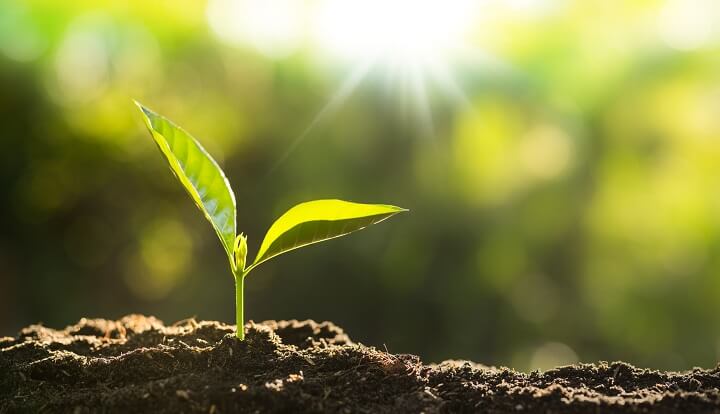
Watering Tips for Summer Vegetable Gardens
One of the biggest sources of stress for a vegetable plant in the summer is getting enough water without too much humidity. Follow these tips to water your plants throughout the summer.
Water Early
If you water your vegetables in the middle of the day, they may cook or scorch from the sun. If you water them too late in the evening, they may develop mold and mildew since the water won’t evaporate from the leaves quickly enough. The best time to water your vegetable garden is early in the morning before the sun’s heat is strong.
Water Deeply
Too little water will cause your plants to wilt. Wilting is the plant's way of conserving moisture, and while they can recover from some amount of wilting, if it happens too much or too often, the plant may die. Make sure you water your plants thoroughly and slowly.
Water At The Base Of The Plants
Plants such as squash can easily develop diseases such as powdery mildew, which are caused by high humidity, lack of circulation, and water sitting on the leaves. For best results, water your plants at the base, not over top of the leaves.
Keep A Close Watch On Seeds And Seedlings
Seeds need to be kept moist to germinate, and the summer sun can quickly dry them out. Seedlings don’t have deep roots, so the top layer of soil, if it isn’t mulched, can also dry out and cause seedlings to wilt. Keep a close eye on them and make sure they have just the right amount of moisture in the soil to keep them happy.
Additional Summer Gardening Tips
Prevent Powdery Mildew and Blight
Plants such as squashes that are prone to powdery mildew need extra space. Make sure to allow for extra room in between the plants so that they can get good air circulation. The more humid your locale, the more space they need.
If you begin to notice small white spots, you can try washing them off with a spray of water. If the leaves start to turn yellow, try to remove just the affected leaves in order to keep your plants as healthy as possible.
If your climate is very humid, losing plants to powdery mildew may be inevitable. However, you can extend the season a bit by succession planting new squash plants every two weeks.
Tomato plants also need good air circulation to prevent blight. Stake them up to keep them from laying on the ground and to allow good circulation. This will also prevent the tomatoes from rotting where they touch the ground.
Give Your Vegetables a Little Shade
Try companion planting for shade-loving vegetables. Spinach, lettuce, radishes, and other veggies tend to bolt or go to seed when the weather gets hot and the days get long. Companion plant them with some taller veggies, such as peppers or tomatoes, that can withstand a little more heat and provide some afternoon shade for more heat-sensitive crops.
Use shade cloth. If you don’t like the idea of companion planting, you can also use shade cloth to give your plants a little relief from the severity of the sun. Shade cloth can be found at your local garden center.
It’s a simple, lightweight breathable fabric that will provide a little bit of shade for cool weather veggies. You can hang it over a hoop house frame or row cover frames.
Vegetables such as lettuces and spinach can be planted where they receive some afternoon shade. For example, if they are planted under a sparse tree, they can receive morning and evening sun, and some dappled some in the afternoon. This will give those veggies the amount of sunlight they need without getting too much heat.
Mulch
Weeds will steal precious nutrients and moisture from your vegetable plants and could possibly choke them out altogether. You can prevent weeds by laying down a thick layer of mulch around your vegetables. Mulch will also insulate the roots to keep them cool and will help prevent moisture from evaporating out of the soil.
You can use straw, leaves, or some other kind of organic mulch. However, plastic landscape fabric or sheeting will increase the temperature of the soil and might cook the roots of your plants.
Fertilize
Keeping your plants fertilized will help them combat the stress of summer. If you use a commercial fertilizer, make sure you follow the manufacturer’s directions. However, do not fertilize during the hottest part of the day. Fertilize early in the morning when the sun is not stressing the plants.
If synthetic fertilizer is not for you, you can side-dress your plants with an application of compost. This will also act as mulch, keeping the moisture in and insulating the roots from heat.
With just a little bit of planning, the right veggies, and a little effort, you can have a great garden all summer long.
Like this post? Don't Forget to Pin It On Pinterest!

